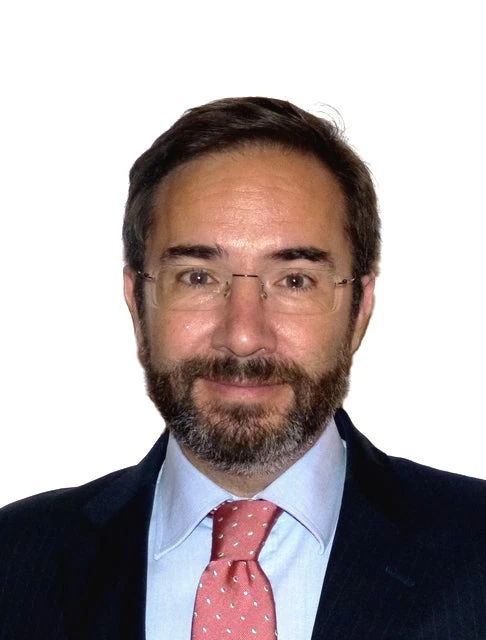Financing for development is not a cost, it is an investment. An investment in sustainable cities, quality education, access to healthcare, decent jobs, efficient and responsible agriculture, and ending extreme poverty. In 2015, we recognized that the size of the investment needed to achieve the UN’s Sustainable Development Goals is greater than aid alone can provide. The Addis Ababa Action Agenda called on both public and private actors to use aid, taxation, investment, remittances, philanthropy and innovative financing. This amounts to trillions of dollars in financing of all kinds, which needs to be targeted more strategically to where they are most needed.
We’re at risk of defaulting on this promise. Foreign direct investment in developing countries is falling, public revenue levels in many countries are not increasing fast enough, and we lack a strategy for measuring and co-ordinating all finance flows. We know that failure to meet the financing gap and achieve the SDGs will result in ongoing, global impacts – increased natural disasters, epidemics, and large-scale forced migrations respect no borders.
We can get back on track if we shift our approach to financing for sustainable development. Rather than a static web of providers and receivers relying on generosity and solidarity, financing for sustainable development should be seen as a dynamic market, with providers competing to invest in meeting global needs. Promoting healthy competition will help to drive innovation, better tailor financing to the needs of developing countries, and promote higher social and economic returns.
The forthcoming OECD Global Outlook on Financing for Sustainable Development takes a fresh look at FSD as a market, linking supply (global savings) with demand, through a range of intermediaries – inluding governments, companies, or households. This approach reveals plenty of opportunities, but also challenges and inefficiencies. This market is still immature. To take just one example: while substantial amounts of cross-border financing ($1.7 trillion) and tax revenues ($4.3 trillion) accrued to developing countries in 2016, little is known about the development impact of the vast bulk of this financing, and what partners can do to maximise it.
In order to produce optimal financing mixes for developing countries, the financing for sustainable development market needs a triple shift: more transparency; new policy standards, and greater coherence and co-ordination. A properly functioning market calls for more empowered “customers” of sustainable development finance, and reduced asymmetries of information between beneficiaries, intermediaries and suppliers, so that each dollar spent is maximised and impactful.
This market approach does not imply a shrinking of the role of official development assistance (ODA): if anything, ODA becomes even more relevant to ensure that no country and no one is left behind. OECD countries’ ODA is driven by a unique mandate and moral imperative, to support development in countries most in need – including least developed countries, small island developing states, and fragile states. ODA remains the principal external investor in long-term resilience and stability.
The Global Outlook presents a path forward for OECD countries to provide better support in advancing the Sustainable Development Goals, with ODA and beyond to other market actors. ODA must work in unison with private sector investors, the tax revenue system, migrants, philanthropists and others outside of traditional development circles, to support development goals. OECD countries also have a powerful capacity to use policy to achieve both inclusive growth at home, and support development gains in countries most in need. This is not a zero-sum game: some of the same policy tools used to achieve inclusive growth in OECD-countries can be harnessed to increase SDG financing.
A better FSD market will not only mobilise new finance flows – some of which are catalysed by ODA – it also demands better orchestration of all resources. We need to improve the quality of public and private investment while we grow the market. Private sector actors, for example, are called on not just to help underwrite the SDGs but “to engage as partners in the development process, to invest in areas critical to sustainable development, and to shift to more sustainable consumption and production patterns” (United Nations, 2015). Our goal must go beyond turning billions into trillions. The larger objective for all actors to play their part in turning all finance into more impactful investments for the billions of people that still live in extreme poverty today.
Collective action will be critical to achieve these important goals. Working with others, including the United Nations and the World Bank Group, the OECD has an important role to play in building strong, inclusive economies, setting common standards, expanding trade and investment, and contributing to development in OECD and non-OECD countries alike. As an organisation and a policy community, we have long documented the costs of artificial divisions. In a divided world, we all lose, and those most in need are left behind.
In 2015, we witnessed the potential of multilateralism as global leaders stepped forward to agree to the 2030 Agenda. It is critical that the international community redouble this optimism, drive, and collective commitment. We stand at a crossroads and the time to act is now.
To learn more about this topic, see the Global Outlook on Financing for Sustainable Development 2019, which will be launched at the Paris Peace Forum on November 12, 2018.


Join the Conversation